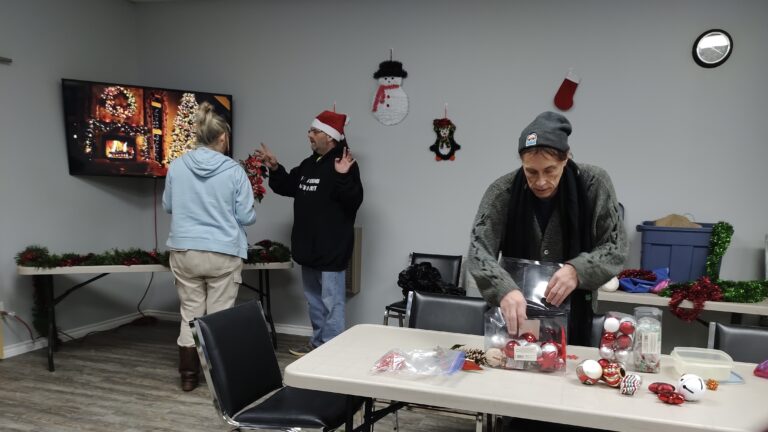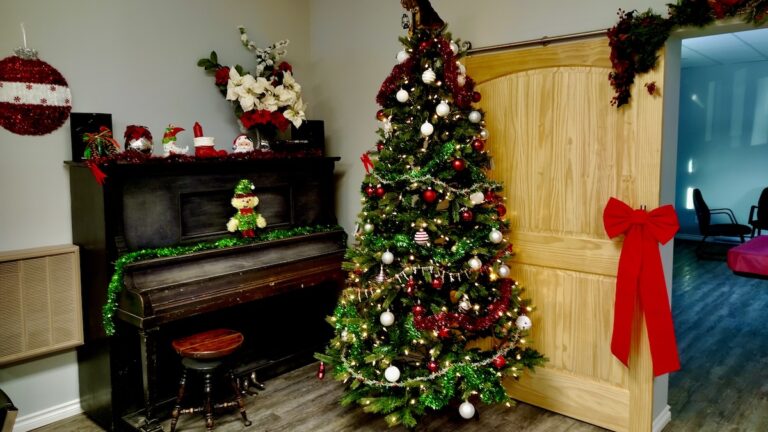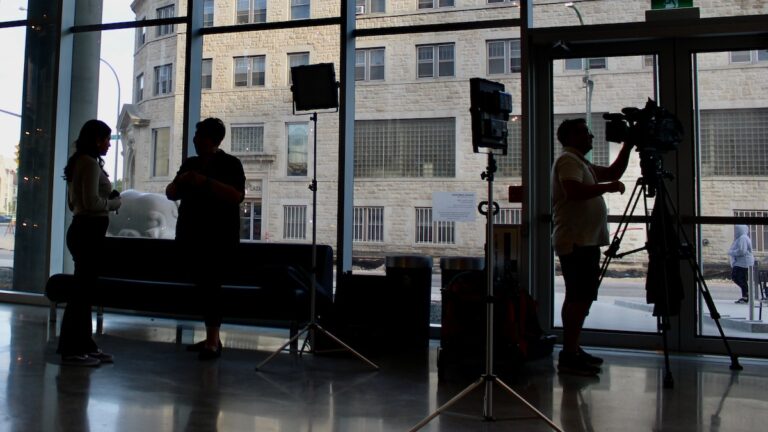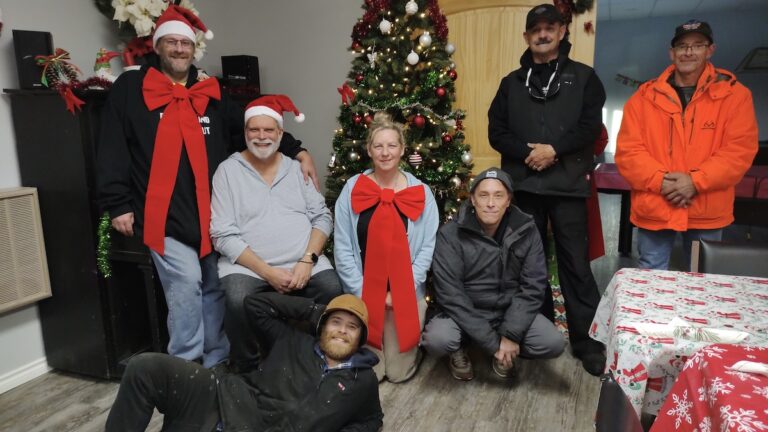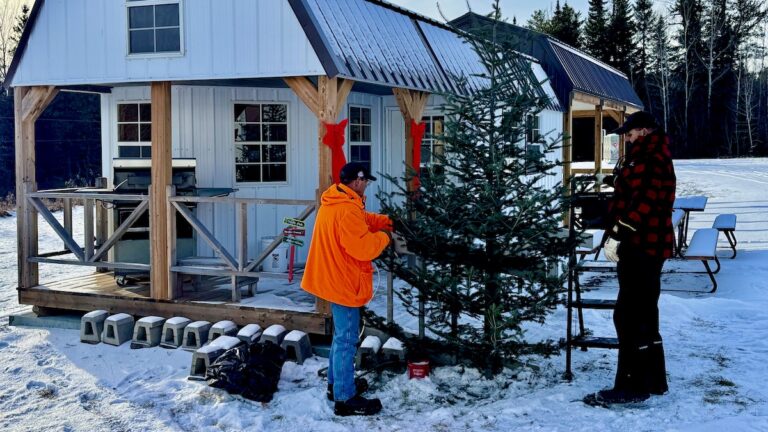Planning a Successful Dialogue
Yesterday, we introduced the basic concepts of hosting community dialogue sessions.
The first step in facilitating a successful dialogue is all about planning. An agenda is your roadmap, a structured guide to keep the conversation on track and ensure you meet your goals. Before you even set the date, ask yourself: What’s the purpose of this meeting?
Are you trying to get feedback on a new project, solve a specific problem, or simply deepen relationships? Next, consider who needs to be in the room. A diverse group, including young people, elders, and individuals from different backgrounds, will enrich the discussion and lead to more comprehensive solutions.
Facilitating the Meeting
During the dialogue, your role as the facilitator is to be a neutral guide, not a leader. You’re there to inspire conversation, ask probing questions, and ensure everyone has a chance to speak. It’s crucial to listen more than you talk. Your goal is to keep the conversation flowing and on topic without dominating it. Remember to be flexible—sometimes the most important insights come from unexpected places. By creating a welcoming environment and guiding with a light touch, you can help turn a simple discussion into a powerful force for change.
Introductory Dialogue Facilitation: A Two-Hour Agenda
Goal: To introduce artists to the basic principles of facilitating a community dialogue and to provide hands-on practice in a supportive environment.
Materials:
- Flip chart or whiteboard with markers
- Display screen (if available)
- Post-it notes and pens
- Snacks and beverages
Agenda
- Welcome & Introduction (10 minutes)
- Welcome artists, participants and interested community members and introduce the session’s purpose: to learn how to host powerful conversations that strengthen our communities.
- Quick icebreaker: “What’s a community gathering in Northwestern Ontario you’ve attended that made you feel most connected?”
- What is a Community Dialogue? (20 minutes)
- Facilitator-led discussion: “What do you think makes a good conversation?”
- Introduce the key concepts of a community dialogue: it’s a structured conversation with a purpose, it’s a tool for gathering qualitative data, and it’s a way to build community.
- The Facilitator’s Role (25 minutes)
- Explain the role of a facilitator: a neutral guide who listens and encourages participation. They are not there to give answers but to ask questions.
- Discuss the qualities of a good facilitator, such as being a good listener and remaining unbiased. Brainstorm who in the community might be a good fit for this role.
- Structuring a Dialogue (25 minutes)
- Break down the key steps:
- Define the Goal: What do we want to achieve?
- Recruit Participants: Why is diversity so important?
- Set the Scene: The importance of a circle or “U” shape and providing refreshments.
- Break down the key steps:
- Practice Dialogue (30 minutes)
- Divide into small groups of 4-5 people.
- Assign a facilitator to each group. The topic for the dialogue is: “What’s one thing you love about your community in Northwestern Ontario, and one challenge you think we should talk about?”
- Activity: Participants engage in a 15-minute dialogue. The facilitator’s role is to keep the conversation flowing and ensure everyone has a chance to speak.
- Debrief & Conclusion (10 minutes)
- Come back to the main group.
- Ask facilitators to share one thing they learned or found challenging.
- Ask participants to share how they felt during the dialogue.
- Summarize key takeaways and thank everyone for their participation.
Join in and Take Part
We meet every Monday at 10:00 in-person and online. Contact Us for more information or how you can participate. All are welcome!

